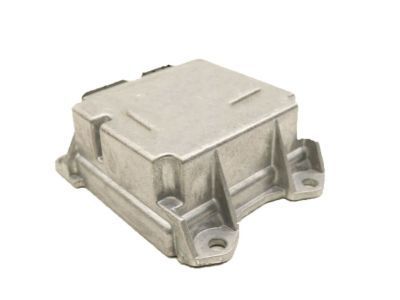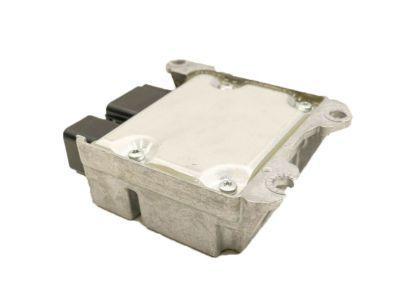FordParts
My Garage
My Account
Cart
OEM 2008 Lincoln Navigator Air Bag Control Module
SRS Airbag Module- Select Vehicle by Model
- Select Vehicle by VIN
Select Vehicle by Model
orMake
Model
Year
Select Vehicle by VIN
For the most accurate results, select vehicle by your VIN (Vehicle Identification Number).
1 Air Bag Control Module found

2008 Lincoln Navigator Control Module Part Number: 8L1Z-14B321-C
Product Specifications- Other Name: Sensor Assembly - Airbag; Air Bag Control Module; SDM Module; Sensor Assembly - Air Bag
- Replaces: 7L1Z-14B321-E, 8L1Z-14B321-A, 7L1Z-14B321-D, 8L1Z-14B321-B
- Base No.: 14B321
- Item Weight: 1.20 Pounds
- Condition: New
- Fitment Type: Direct Replacement
- SKU: 8L1Z-14B321-C
- Warranty: This genuine part is guaranteed by Ford's factory warranty.
2008 Lincoln Navigator Air Bag Control Module
If you're seeking quality and affordability, look no further than our extensive inventory of genuine 2008 Lincoln Navigator Air Bag Control Module available at FordPartsDeal.com. You can confidently purchase our OEM 2008 Lincoln Navigator Air Bag Control Module as they are supported by the manufacturer's warranty and our hassle-free return policy, alongside the benefit of our fast delivery service.
2008 Lincoln Navigator Air Bag Control Module Parts Q&A
- Q: What precautions should be taken when servicing the Air Bag Control Module to prevent accidental deployment and ensure proper installation on 2008 Lincoln Navigator?A: When servicing the Restraints Control Module (RCM), be careful and ensure that it is in its natural horizontal position to avoid accidental deployment of airbags. Check post-crash damage, change where it is required, and prevent memory savers. Install correctly and connectors have been securely attached. Full programmable module installation (PMI) and validate SRS functionality on repowering.
















